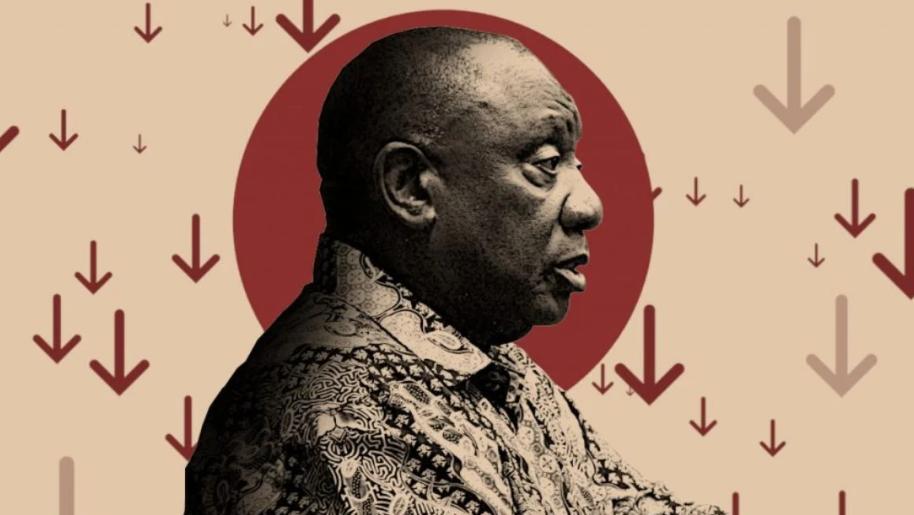Africa-Press – South-Africa. On top of another month of decline in the manufacturing sector, South Africa’s mining sector has also delivered its sixth consecutive month of recession, painting a bleak picture for the country’s economy.
Mining data published by Stats SA this week showed a significant decline in production, down 7.8% year-on-year in April.
According to economists, this was a shocking result, coming in far lower than the consensus expectations of around a 4% decline.
The biggest drag came from a 24% drop in the production of Platinum Group Metals (PGMs), which contributed to an 8.0 percentage point decline in the sector.
This was followed by gold (-2.5%) and coal (-1.7%) which both shaved off 0.3 percentage points from the annual figure.
In contrast, iron ore made the largest positive contribution to output, up 5.3%, adding 0.7 percentage points.
The contraction of 7.8% in April was down from an upwardly revised 2.5% year-on-year contraction in the prior month.
According to Investec economist Lara Hodes, the decline in mining was underpinned by elevated uncertainty around the extent and effect of tariffs on global trade and growth.
This remains a key downside risk, she said, and was especially egregious in April, where new export orders suffered their steepest decrease since August 2023.
The decline was notable because it came despite a surge in the gold price as a safe-haven investment around the same time.
This is because domestic faces a myriad of challenges, Hodes said.
“Specifically, the domestic mining sector as a whole has to contend with heightened input costs, labour challenges, the effects of illegal mining and notably logistics bottlenecks, weighing on activity and export potential,” she said.
Gold mining in particular has been in steep decline.
Once the cornerstone of South Africa’s economy, gold production has steadily declined over the past few decades, leading to the loss of more than 440,000 jobs since the late 1980s.
Gold production has dropped dramatically—from 620 tonnes in 1988 to just 97 tonnes in 2023.
While gold still lies deep underground, the economics of extraction, compounded by steep electricity and water costs, have made much of it unreachable.
Manufacturing another black spot
The mining data follows the release of manufacturing data, which, earlier this week, showed a notable 6.3% year-on-year decline for April.
Like mining, this was far worse than economists’ expectations of a 4.5% decline and followed a revised 1.2% decrease for March.
The mining and manufacturing sectors are key indicators for South Africa’s overall economic performance.
With April being the first month of the second quarter data, this spells really bad news for economic growth in the quarter.
GDP for the first quarter of the year scraped by with a 0.1% increase, largely thanks to the country’s agriculture sector, which outperformed.
However, Q2 is heading for a likely decline, with projections for the rest of the year also bearish.
Global and local analysts have already slashed South Africa’s overall growth rate projections for 2025, moving from hopeful forecasts of 2% to between 1% and 1.5%, leaning heavily toward 1%.
More bearish economists have predicted a sub-1% outcome for the year, which, after a revised 0.5% result for 2024, means the country is unlikely to escape its trap of perpetual stagnation.
South Africa needs economic growth to exceed 3% if it has any hopes of turning its prospects around and delivering the jobs needed to address its insanely high unemployment rate.
While the Government of National Unity (GNU) has purportedly put this at the top of its agenda, it has been slow to introduce the needed reforms to accomplish this.
According to Hodes, there has been some progress in a number of areas, largely thanks to Operation Vulindlela.
Phase II of the programme, which aims to accelerate economic reforms, was launched last month.
However, the Bureau for Economic Research has previously noted that many Phase I projects are still incomplete, leaving the second phase to play catch-up.
For More News And Analysis About South-Africa Follow Africa-Press






